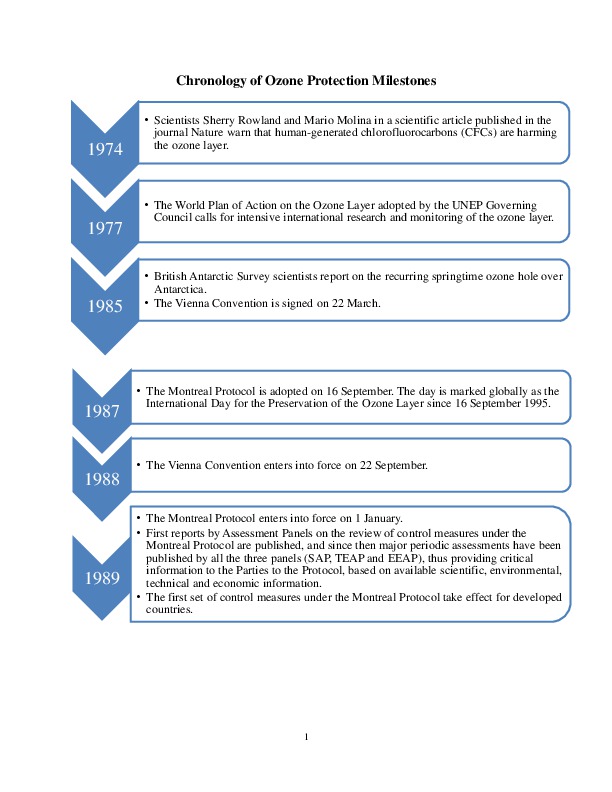Climate Code
This collaborative project is born from exploring novel ways of visualising environmental data and telling the climate change story. Read more about the project and the science behind it through the project page.
In 1985 British Antarctic Survey scientists reported in the journal Nature their discovery of springtime ozone depletion over Antarctica. It was a discovery that changed the way that we view our world.
September 16 is world ozone day. All 197 UN Member States have ratified the Montreal Protocol up to and including the Beijing amendments.
The Antarctic ozone hole is usually largest in early September and deepest in late September to early October.Observations from Halley since 1994 (the year when ozone depleting gasses were at their peak according to one estimate) show a slow increase of about 1 DU per year in the minimum ozone amount recorded each October, however the inter-annual variation is such that this trend is not yet significant (at the 99% level), ie the data is also consistent with no change in the minimum amount. Although the amount of ozone destroying substances in the atmosphere is going down, the inter-annual variation in the size and depth of the ozone hole is largely controlled by the meteorological conditions in the stratosphere. It is still too soon to say that we have had the worst ever ozone hole, particularly as there has been no major volcanic eruption in the Southern Hemisphere since 1992.
Prior to the formation of ozone holes, Antarctic ozone values were normally at their lowest in the autumn (ie March). On occasion atmospheric vertical motions create small areas with ozone substantially below the long term average. Different satellites give different views of the exact ozone distribution. The continent covers 14 million sq. km.

This collaborative project is born from exploring novel ways of visualising environmental data and telling the climate change story. Read more about the project and the science behind it through the project page.
Long-term meteorological and ozone observations and data help determine the causes of climate change in the polar regions. Meteorology Meteorological observations are made regularly throughout the day at Halley and …
30 June, 2022
Introduction It’s over 30 years since the discovery of the Antarctic ozone hole drew world attention to the impact of human activity on the global environment. Why is the ozone …
27 May, 2015
FREE Public Event – Work in a cold climate: designing for the most extreme place on Earth London Festival of Architecture 2015 Thursday 18 June 2015, 18:30 – 20:00 The …
11 May, 2015
30th Anniversary of the Discovery of Ozone Hole This week British Antarctic Survey (BAS) commemorates the 30th anniversary of one of its most important scientific discoveries that affected the world …
16 September, 2014
Today, 16 September, is the International Day for the Preservation of the Ozone Layer. The date commemorates the signing of the Montreal Protocol, which sought to reduce atmospheric levels of …
11 September, 2014
First signs of ozone layer recovery The ozone layer is showing the first signs of future recovery thanks to international action against ozone depleting substances, say the United Nations Environment …
3 December, 2013
Voices of Science: a new British Library oral history archive A major oral history project to gather the life stories of British scientists has culminated in the launch of a …
16 September, 2011
New documentary examines the status of the Ozone Hole on the anniversary of the Montreal Protocol – a global agreement banning ozone depleting substances It’s over 25 years since British …
5 May, 2010
25th Anniversary of the Discovery of Ozone Hole This week British Antarctic Survey (BAS) commemorates the 25th anniversary of one of its most dramatic scientific discoveries — the ozone hole. …
21 April, 2009
Increasing Antarctic sea ice extent linked to the ozone hole Increased growth in Antarctic sea ice during the past 30 years is a result of changing weather patterns caused by …
14 September, 2005
Friday (16 September) is International Day for the Preservation of the Ozone Layer. This year scientists at British Antarctic Survey (BAS) commemorate their discovery of the Antarctic ‘ozone hole’ 20 …